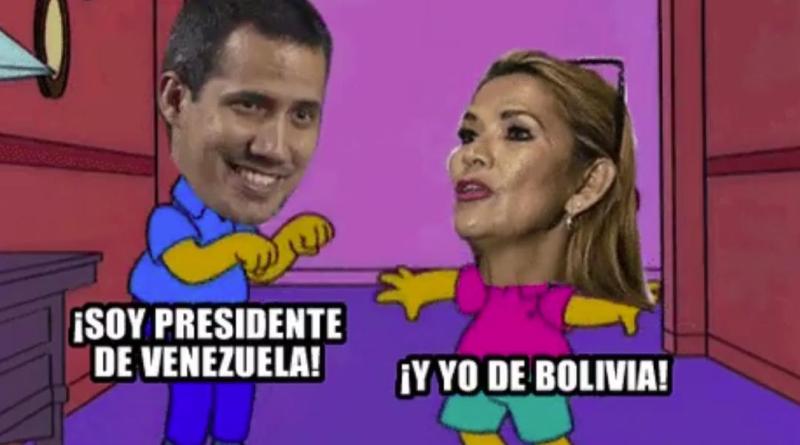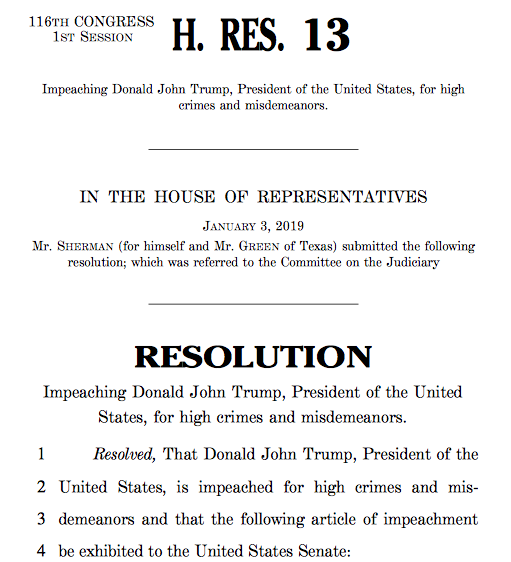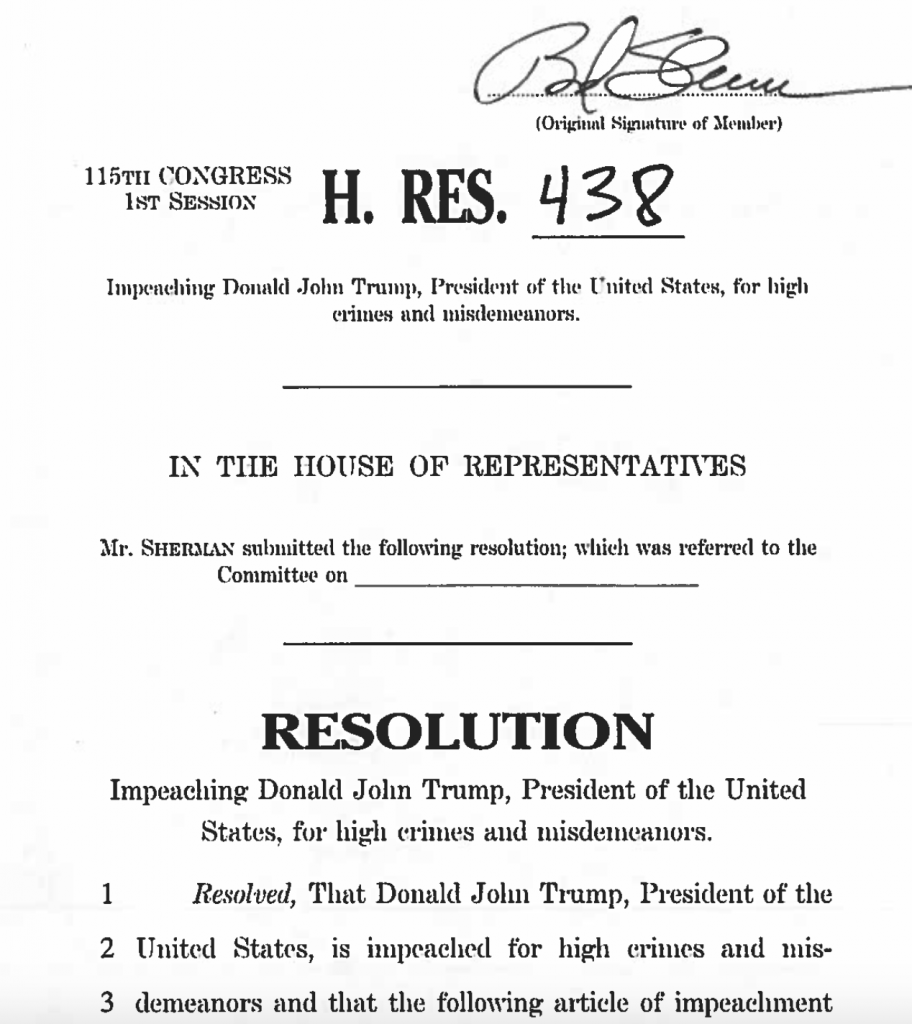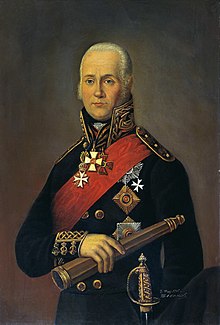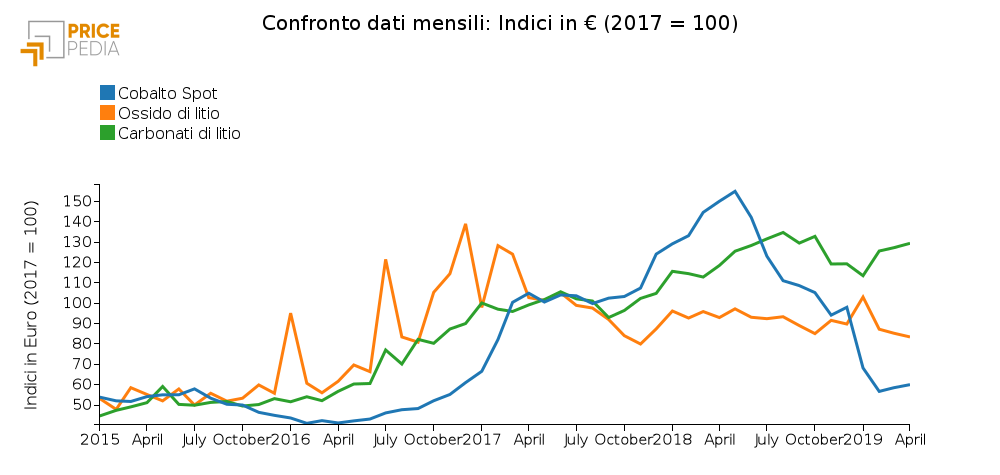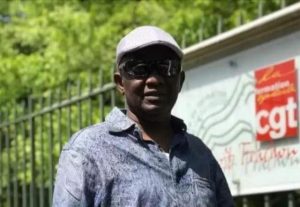On July 17, 2014, a Malaysian Boeing 777-200ER aircraft was conducting a scheduled passenger flight (MH17) from Amsterdam to Kuala Lumpur. During a transit flight over the territory of Ukraine, the Ukrainian air traffic control charted the plane directly over the conflict zone between government forces and units of the self-proclaimed Donetsk and Lugansk People’s Republics.
At 13:20 UTC, the aircraft was shot down as a result of a fire damage from unidentified forces.
The Ukrainian side, with Western support, immediately blamed Russia for the incident. In turn, Malaysia, expresses deep concerns over the accusations against Russia and the course of the investigation.
On June 27, 2019, Ukrainian special services detained the ex-commander of one of the air defense units of the self-proclaimed Donetsk People’s Republic Vladimir Tsemakh in Snejnoe, on the territory of the Donetsk People’s Republic. Ukraine’s State Security Service claimed that he was involved in the MH17 incident. Later, his status was changed to the “witness”. On September 7, 2019, Tsemakh was transferred to the Russian side as a part of the 35 for 35 exchange of the detained persons.
We present to your attention an exclusive interview with Vladimir Tsemakh (original in Russian) (English Transcript below) that reveals many interesting details.

Watch the video here.
***
Kirill Vyshinsky: Greetings. This is the second interview in the People of Donbass series. This man is not used to speaking on camera. He‘s giving the first interview in his life. In 2014, Vladimir Tsemakh was defending his home in Snejnoe in the region of Donbass. After 3 years, he returned to a peaceful life. In the summer of this year, he appeared in Kiev under strange circumstances, where he was arrested under even stranger circumstances. In September, thanks to the exchange of detained persons, Vladimir Tsemakh returned home.
Kirill Vyshinsky (KV): Vladimir Borisovich, good day!
Vladimir Tsemach (VT): Good day.
KV: We flew in the same plane in September, I saw you very briefly. We didn’t have time to say a word, but you were one of the most famous passengers and I really wanted to know your story, because you were made almost the main witness in the case of the downed Boeing.
KV: But this is not the beginning. Let’s start with your background. Tell us a few words about yourself.
VT: I was born in 1961. In 1978, I entered the Poltava Higher Anti-Aircraft Missile Command Red Banner College named after Army General Nikolai Fedorovich Vatutin. In 1982 I graduated. After that, I got to serve in the 40th Army, meaning in Afghanistan. I was there for three and a half months, after which I was sent to the Far East under an experience share (program), where I served until 1992 and went into reserve in 1992 on Victory Day.
KV: And after?
VT: After that, I returned to my hometown. Until 2019, I lived safely, with the exception of 2014, of course. I had quite a few different jobs. I didn’t sit in any one place very long.
KV: But nothing related to the army?
VT: No, absolutely not.
KV: You were made almost the main witness in the Boeing case only because you had headed Snezhnoy’s air defense since 2014. Tell us how you got there, what it was; what the weaponry was.
VT: I asked the city commandant, ”Am I needed?“ “Yes.” he said, “The anti-aircraft guns are gathering dust.
KV: When did this take place?
VT: It was June 26th, 2014. When I realized that this circus in Kramatorsk and Slavyansk would not easily end. Semenovka… I realized that they would not calm down.
KV: The authorities?
VT: The Ukrainian authorities didn’t want to talk with the people. They decided to talk from a position of strength. If you think that my grandchildren will not think in my language, that they could be forced to think in Ukrainian, this is wrong, I think. So, I had to go to the militia and after Ukrainian aviation attacked the city center, I got people together immediately. On that same day, I had a lot of people there. The armaments we had consisted of two anti-aircraft guns and two man-portable air defense systems.
KV: Tell me. What did you know then -about this downed Boeing?
VT: I knew as much as the general population knew. I found out either in the evening or the next morning about what happened.
KV: And tell me. In 2019, were you still serving in the army, in the People’s Militia?
VT: No. I finished my service in 2017. I had a compression fracture of the spine. So, my health didn’t allow me to serve.
KV: You were detained on June 27th. Right?
VT: Yes.
KV: On the 28th you were in Kiev. That’s actually the next day. You were detained in Snezhnoye which is around 60 kilometers from the separation line. Right?
VT: It’s further away by road. Turns out the city is only 78 kilometers to Donetsk.
KV: They detained you on the 27th. On the 28th you were already in Kiev, and on the 29th you were in court, where a preventive measure of restraint was chosen. How, under what circumstances, did you end up on the territory of Ukraine in such a short time?
VT: They took me straight away to the separation line. There he constantly kept in touch with the other side.
KV: He? Who’s “he”?
VT: The driver. He participated in the abduction. There were two people. Mortars were fired from the other side. They said they would shell five times for cover fire. They started pushing the wheelchair, and then a sixth shell was fired. I said, “Hey! If you want me dead, why don’t you just get on with it and bury me right here? Why drag this on?” That sixth shell almost hit us. I was even covered with dirt. It seems that it was before the shelling. Was it our people responding so quickly? You can understand the condition I was in. Under tranquilizers, I couldn’t perceive what was happening around me very well. We sat around and waited for the shelling to end, then they put a bag over my head. They kept me in a basement for about 20 minutes.
KV: Did this happen on the other side or here?
VT: On the other side, literally across the Creek. Their position was just 20 meters away -not far away it turns out. With a bag on my head, we ran for about half a kilometer to a minivan. They measured my blood pressure as 190 to 110. They said, “Ok,” the insect is healthy, normal. My head was bandaged and I was immediately sent in a minivan to Kiev.
KV: Were you transported through the separation line in a wheelchair?
VT: I was transported to the creek in the wheelchair and then was put on my feet. My legs buckled and they shoved me in the back. I fell to my hands. That’s all.
KV: So, you were in such a condition that you couldn’t walk?
VT: My legs buckled. Even when I was put in the wheelchair, I couldn’t put my feet on the step.
KV: But why?
VT: I couldn’t. They had to lift my legs, no more than 5 centimeters.
KV: Why did you feel like that? What happened?
VT: They injected two tranquilizers in me at home and a third, in front of Donetsk.
KV: What condition were you in when they brought you to Kiev?
VT: I began feeling normal about a week later. I’m not used to drugs like that.
KV: Was it something strong?
VT: Well, yes. I feel most rested when I sleep 7-8 hours. But I usually only sleep 6 or 7. When I was detained, I was always woken up at 6 AM; then I kept dozing off until around 10 AM.
KV: You said they took every document you had in your house and on your person?
VT: Yes.
KV: They attached them to the case file. Were they classified as secret?
VT: Yes.
KV: They fell under the stamp of secrecy with the consequence, in theory, of improving the case.
VT: That’s what happened.
KV: Nevertheless, in mid-July, your military ID appeared on some kind of investigative web site, it seems, Bellingcat. How can you explain this?
VT: It turns out the Security Service of Ukraine provided this information.
KV: Did it turn out to be a “classified” investigation?
VT: There was no secret. Collaboration was happening as if it was normal. There were no secrets.
KV: Where were you detained in Kiev, in what conditions? What was it like?
VT: At Askold’s detention center. The cell was two by five meters, with two bunks. I was alone there, literally. Just before being freed, a man was put in the cell with me. So, I was constantly alone. For the first two weeks I didn’t even have a bar of soap. I asked, “Give me at least a little piece of soap.“ But, “No”. They didn’t give me anything. For such a serious structure, you would think they could spend some money, at least for a bar of soap. It didn’t happen. As far as nutrition goes -you’ll live. You won’t die of hunger. For hours, it was lights out at 10 PM and rise at 6 AM.
KV: Were the lights turned off?
VT: No. The lights were on all the time. It was dim, but one light was always on. I was allowed to walk in the courtyard between 2 PM and 5 PM, always alone.
KV: Were you always under surveillance?
VT: Yes. The toilet was in the cell.
KV: How were the interrogations?
VT: If the Australians and the Dutch came, then this took place on the premises of the pre-trial detention center and if the SBU investigators conducted it, then I was brought to them.
KV: Were you subjected to polygraph testing?
VT: No. There weren’t any. The representative of the Prosecutor General’s office for some reason really “loved” me -constantly threatened me with a life sentence. But then, it was interesting. When the second interrogation was taking place, with alleged Australian or Dutch representatives, it was very obvious that they were brought up in Slavic families. The representative of Holland Ara Khataryan (I don’t remember the last name. It was like Armenian.) But she spoke the language exclusively. She spoke without an accent. She knew the language perfectly.
With the representative from Australia, Sergey, it was apparent that he was either an immigrant or that he was brought up in a Slavic family. He also spoke Russian well. But at that time, before the second interrogation, Ara was the only one present. The representative of the Prosecutor General’s Office told me, “Look. You’re not being exchanged. You’re going to get a life sentence, but a lot will depend on what answers you give to these comrades.” The camera is immediately turned on. Standard procedure. They asked, “Were there any threats?“ I answered, “If life imprisonment is not a threat, then everything is fine, good.“
KV: Do you treat this in a humorous light? Although, naturally, there was no way to have fun at that moment.
VT: I am a military man, after all.
KV: Can you tell us, in more detail, about these people, these foreigners?
VT: Representatives of the Australian police and the Netherlands police.
KV: Just them? Were there any Americans, or British, somebody else?
VT: No. No. Constantly, if the English-speaking comrade is sitting on the Dutch side, then the Russian-speaking one is Australian. And during the last interrogation -Ara and Sergey were both Russian speakers.
KV: Did they coerce you?
VT: They offered me to go into witness protection. They offered citizenship and a home in the Netherlands. I wondered why there and not in Australia, but I didn’t try to bargain. laughs
KV: Maybe you could have lived in the Netherlands?
VT: No. I’m used to living where I was born. If I came back to Khabarovsk I would still be closer to my native places. Nevertheless, they didn’t offer native places. In 2014, I was told that, for my Afghanistan service, a Moscow communal apartment is paid for and that I should live in it. How could I be cruel by leaving the elderly and the kids behind? Running away is always easy.
KV: Was there any “physical means of interrogation”?
VT: When they put me on the minivan, they struck my kidneys “a little bit.”
KV: Why did you talk to them at all, and not refer to the 63rd article of the Constitution, which allows you to not testify against yourself and relatives? This is a standard procedure. By the way, they should have introduced you to it.
VT: I know of the article. But why should I be afraid? I don’t consider myself a terrorist. I protected my home. Who am I afraid of? I believe that these comrades and I don’t deserve judgments. This is how I feel on the inside.
KV: The case against you, as I understand correctly, is the 258th, second part. Meaning the creation of a terrorist organization or group. Has the case not been closed yet?
14:04 VT: Yes. It turns out I’ve been released on bail.
KV: What do you think awaits you in Ukraine?
VT: Nothing good is waiting for me, especially if such comrades are in the Prosecutor General’s office. They start slobbering -probably over the thought of putting me away for life.
KV: Are you ready to talk in court about what happened to you, about the abduction, tranquilizers, forced detention, and interrogations? Are you going to appeal to international courts?
VT: I’m considering such a possibility.
KV: What’s your assessment of everything that has happened to you?
VT: I consider it an act of terrorism against me on the part of the Ukrainian state -trying to hang me. Well, I was the head of air defense. I explained to them that, for the most part, I did scare off their aircraft. Once the planes flew over and then didn’t fly any more in the area of Snezhnoye, I told my people, “Guys, bring me empty pipes.“ We filled them with sand, made triggers out of tin, painted them, and I had eight groups of “actors” which showed that we really did have MANPADS -and a lot of them too. Although we actually only had two Zu-23 guns and two MANPADS. And with just that we held the defense of such a territory! It’s just a title I had, “the head of air defense”. You could hardly even call it a platoon -by any stretch.
KV: Do you consider yourself a victim of terrorism?
VT: Of course. But this is a bigger mess because they really have nothing on me now or in the future. Maybe, because I didn’t like the events, he was trying to use me, the bigger man, for some sort of scape-goat absolution. It will be interesting to see how they try to hold their ridiculous stories together.
KV: Obviously, your attitude towards Ukraine has changed after what happened to you.
VT: For me it’s still my homeland. It’s bitter and insulting to look at everything happening there. For some reason, people religiously believe in help from the West. But I say it‘s probably necessary to read Taras Bulba. Everything is clearly explained there.
KV: Lyakhi (Poles/Polish) did not help?
VT: Right. They didn’t help. Such ideas are somehow new to this faith. It’s time to live, listening to your own head.
KV: Tell me, please, what is the nature of Donetsk character?
VT: During service in the Soviet army, if people from Donetsk came to serve, some of the gentlemen officers would clutch their heads. It’s a separate caste of people. We have a multinational side. More than two hundred nationalities live in the Donbass. The whole world built it in due time. So there you find friendship and camaraderie and cuisine -something like a special symbiosis.
KV: Did this help in 2014?
VT: Of course, it helped. There was no time to mobilize any forces. People were taught how to fight in literally three to four days. As subsequent events show, some can’t even learn this in two years -let alone three to four days.
KV: Thank you very much.
*
Note to readers: please click the share buttons above or below. Forward this article to your email lists. Crosspost on your blog site, internet forums. etc.
We call upon Global Research readers to support South Front in its endeavors.
If you’re able, and if you like our content and approach, please support the project. Our work wouldn’t be possible without your help: PayPal: [email protected] or via: http://southfront.org/donate/ or via: https://www.patreon.com/southfront
Featured image is from Ian56

